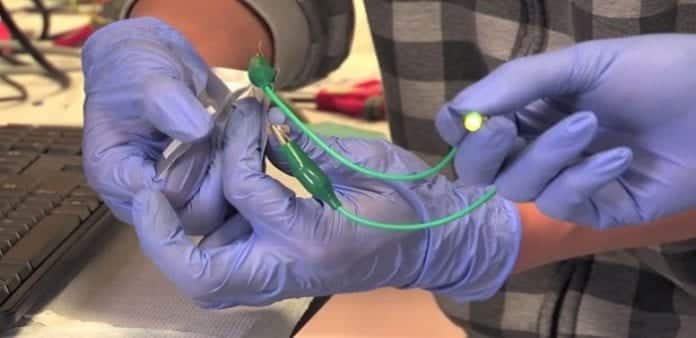New Aluminium battery developed by Stanford researchers could charge your phone in a minute
But researchers say the research is still in its infancy and doubling the voltage to match the performance of lithium batteries remains a problem
Stanford University researchers have developed an ultra-fast charging aluminum battery which they say is a very good alternative to the current lithium batteries powering most of the smartphones.
The researchers said that the new aluminum battery is much safer than existing lithium-ion and alkaline batteries in wide use today and does not catch fire, researchers said.
“We have developed a rechargeable aluminium battery that may replace existing storage devices, such as alkaline batteries, which are bad for the environment, and lithium-ion batteries, which occasionally burst into flames,” said Hongjie Dai, a professor of chemistry at Stanford University. “Our new battery won’t catch fire, even if you drill through it,” Dai added.
Stanford researchers found Aluminium as an attractive metal for developing batteries, mainly because of its low cost, low flammability and high-charge storage capacity. The newly developed aluminium-ion battery consists of two electrodes: a negatively charged anode made of aluminium and a positively charged cathode.
“People have tried different kinds of materials for the cathode,” Dai said. “We accidentally discovered that a simple solution is to use graphite, which is basically carbon. In our study, we identified a few types of graphite material that give us very good performance,” said Dai.
The team placed the aluminium anode and graphite cathode, along with an ionic liquid electrolyte, inside a flexible polymer-coated pouch.
“The electrolyte is basically a salt that’s liquid at room temperature, so it’s very safe,” said Stanford graduate student Ming Gong, co-lead author of the study.
Smartphone owners know that it can take hours to charge a lithium-ion battery. But the team reported “unprecedented charging times” of down to one minute with the aluminium prototype.
Aluminium batteries developed at other laboratories usually died after just 100 charge-discharge cycles. But the Stanford battery was able to withstand more than 7,500 cycles without any loss of capacity.
“This was the first time an ultra-fast aluminium-ion battery was constructed with stability over thousands of cycles,” researchers said.
“Another feature of the aluminium battery is flexibility. You can bend it and fold it, so it has the potential for use in flexible electronic devices. Aluminium is also a cheaper metal than lithium,” Gong said.
The newly developed Aluminium battery presents a whole host of opportunities in commercial use but the researchers cautioned that the technology was still in its infancy, and for all of its advantages the current battery still emitted only half the voltage of a typical lithium battery.
“Otherwise, our battery has everything else you’d dream that a battery should have: inexpensive electrodes, good safety, high-speed charging, flexibility and long cycle life,” said Stanford chemist Hongjie Dai in a public announcement of his research, which was published in the April 6 issue of Nature. “I see this as a new battery in its early days,” he added. “It’s quite exciting.”
